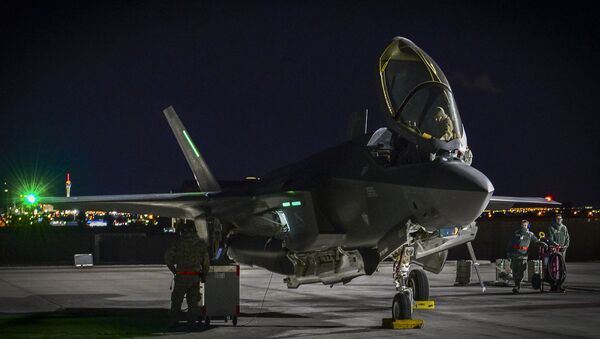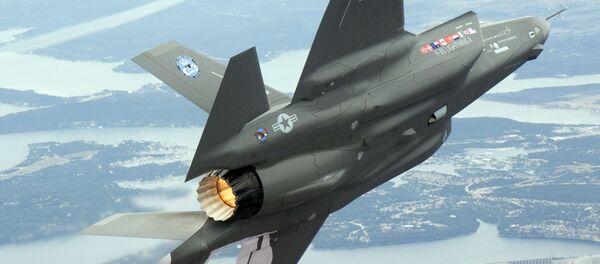Obtained by Bloomberg prior to its official release, the Pentagon assessment reveals that the F-35B, one of three F-35 variants within the program, isn't projected to meet the expected service life of 8,000 fleet hours. Rather, it's looking as though it "may be as low as 2,100" hours, which suggests that some of the fighter jets will hit their service life limit sometime in 2026.
Robert Behler, the director of the Pentagon's operational test and evaluation department, also stated that previously identified vulnerabilities still hadn't been remedied, and that improvements "are still not translating into improved availability."
Other notable setbacks included issues with the Autonomic Logistics Information System (ALIS), a computerized maintenance tool that functions as the fleet's management backbone, and "unacceptable" accuracy in weapons systems used in air-to-ground attacks.
Furthermore, maintenance personnel and pilots have been left to deal with "pervasive problems [with] data integrity [and] completeness on a daily basis," the report reads.
The assessment comes after several years worth of durability testing revealed multiple structural cracks within the fighter jets. As Sputnik previously reported, the F-35 program has seen issues with LEDs in pilots' helmet displays, inability to travel in certain weather conditions, fuel pipe issues and, of course, its life support system's failure to supply pilots with sufficient oxygen during flights.
Earlier this week, acting Defense Secretary Patrick Shanahan stated that the program has "a lot of opportunity for more performance," and that it needed to give "the taxpayer their money's worth." The projected F-35 program costs are estimated at $1.5 trillion.
Shanahan's remarks came after it was reported that he'd called Lockheed Martin's F-35 program "f**ked up" and said that Boeing would've been better suited to execute the program.


